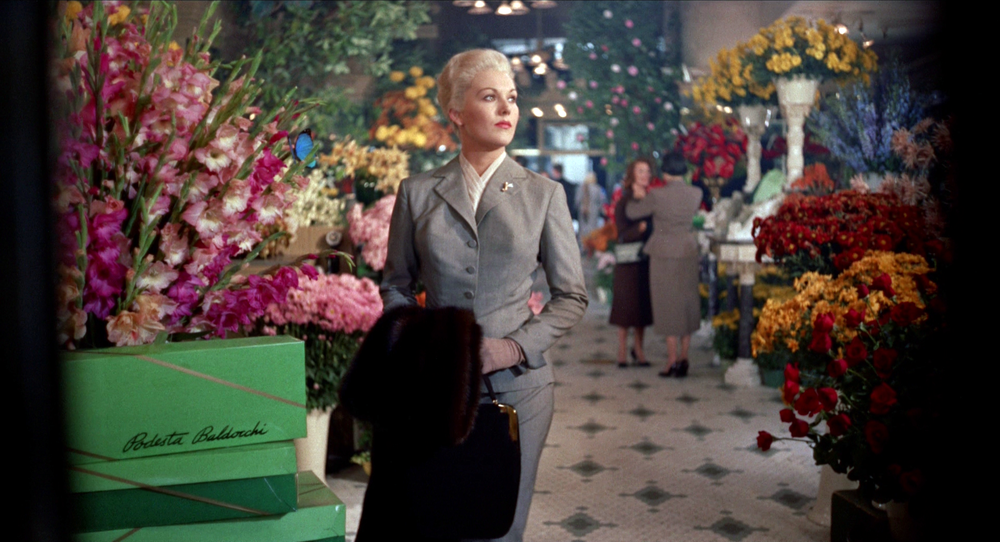A Gaze into Gender
How perspective shapes perception
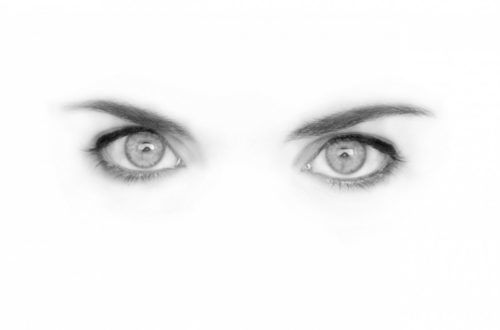
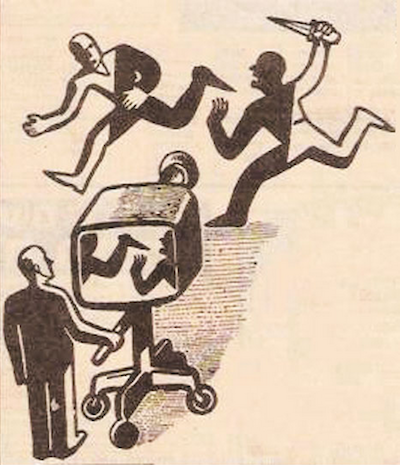
Framing can be the difference between sympathy and apathy for the subject
Framing can be the difference between sympathy and apathy for the subject
Representation in media has always belonged to those who controls the medium.
In terms of the western world, male dominance has historically underpinned every facet of media, and has come to inform how we think of our bodies, others and the world in terms of this masculine perspective.
Where media is a product of its culture, it becomes important to recognize how and why certain subjects are framed differently to others.
Framing has the power to reinforce, subvert, or investigate norms, by using the language of media to do this subtextually or through drawing attention to the very frame of that medium. If a certain perspective is prioritised, it will inherently subject all viewers to that perspective.
The gaze, not necessarily gendered, was understood as a perception of the self, others, and the world - first described by Jean-Paul Sartre in the 1943 book, 'Being and Nothingness'.
The gaze is a site of power, where perspective becomes the only face of reality.
The male gaze was first described by John Berger, using this lens to critique European nudist art. Notably, how these pieces would position the male subject as the 'watcher', and the woman subject as something to be viewed.
This was expanded upon by Laura Mulvey, in the 1975 essay 'Visual Pleasure and Narrative Cinema', where specific gendered power dynamics were further explored, specifically in regard to cinema.
Mulvey makes the argument that films assume a cis-hetero male perspective of historical male domination, specifically in the western world.
The camera encourages viewers to adopt this mode of viewing, making the feminine subject to objectification. Meanwhile, the masculine subject is the inherent perspective, normalizing existing power dynamics from the superior frame of the male role. The active male directly opposes the passive female, and manifests in a variety of ways across mediums.
“There is a pattern of male domination that runs throughout popular culture, and this doesn’t only determine what we see—it determines how we see. Hollywood cinema, in particular, treats the camera as though it were male. It compels all its viewers to see through male eyes.”
Horror is an important genre to consider when looking at the male gaze in cinema. The male gaze horror associates the feminine with 'fear of the abject', as described by Julia Kristeva. Essentially, it positions the feminine identity to contrast the masculine, and the differences between the two operate as the primary 'horror' object
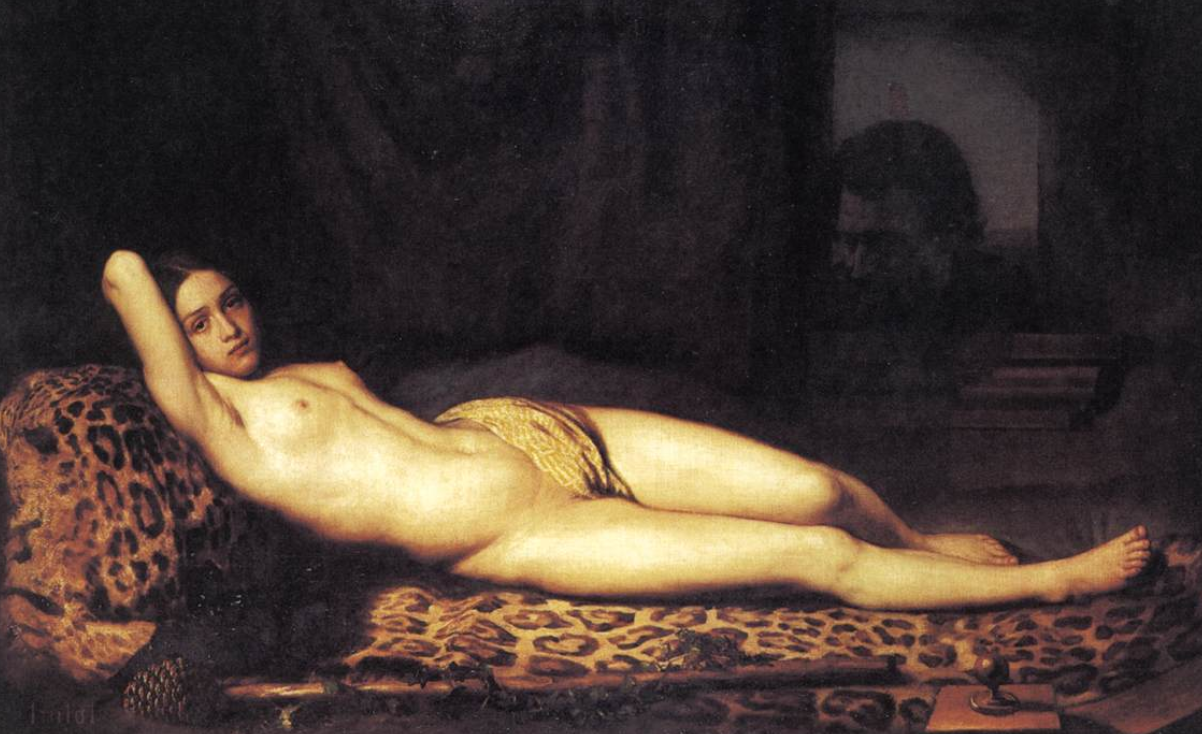
Nude women were a prominent subject in European oil painting. Berger points out that, in the same way oil paintings depicted wealth using images of land and objects, women were also seen as property to be flaunted.
Nude women were a prominent subject in European oil painting. Berger points out that, in the same way oil paintings depicted wealth using images of land and objects, women were also seen as property to be flaunted.

Visual Pleasure and Narrative Cinema (1975) Laura Mulvey
Visual Pleasure and Narrative Cinema (1975) Laura Mulvey
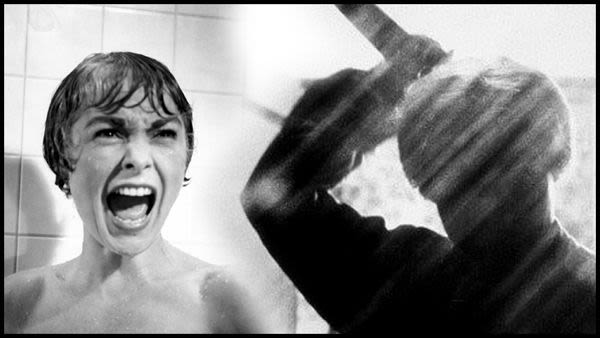
Psycho (1960) dir. Alfred Hitchcock
Psycho (1960) dir. Alfred Hitchcock
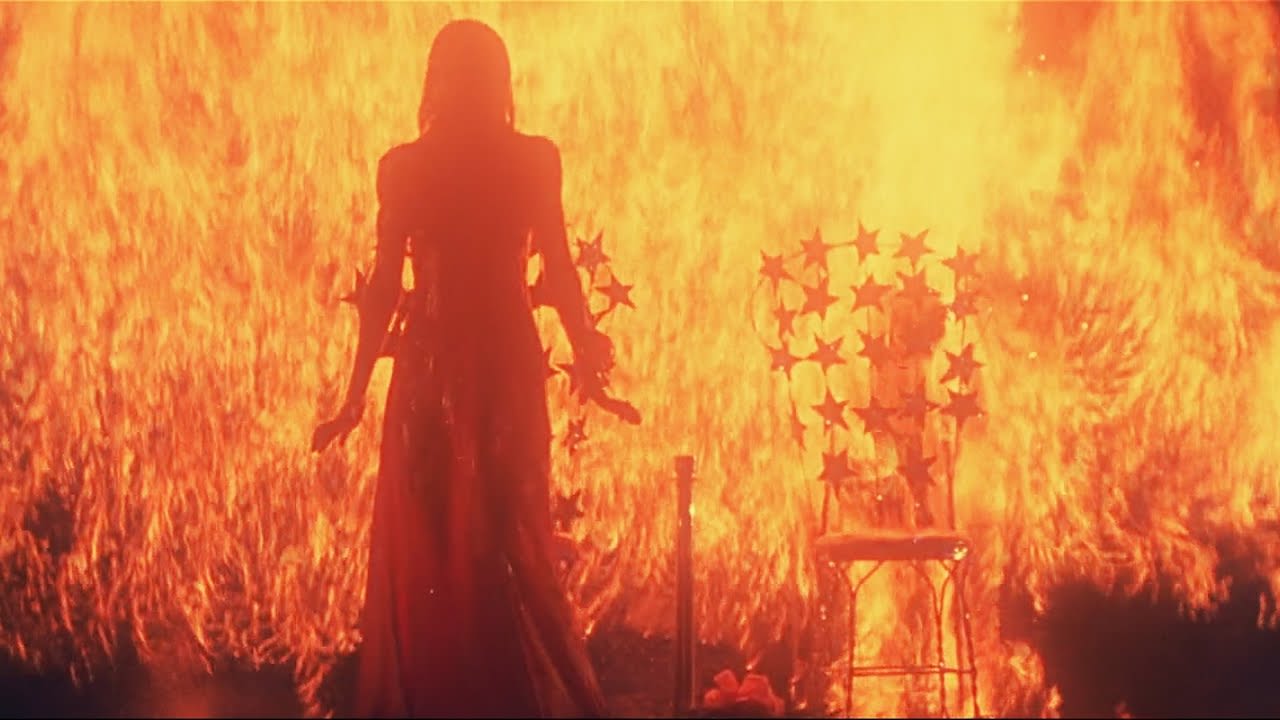
Carrie (1976) dir. Brian de Palma
Carrie (1976) dir. Brian de Palma
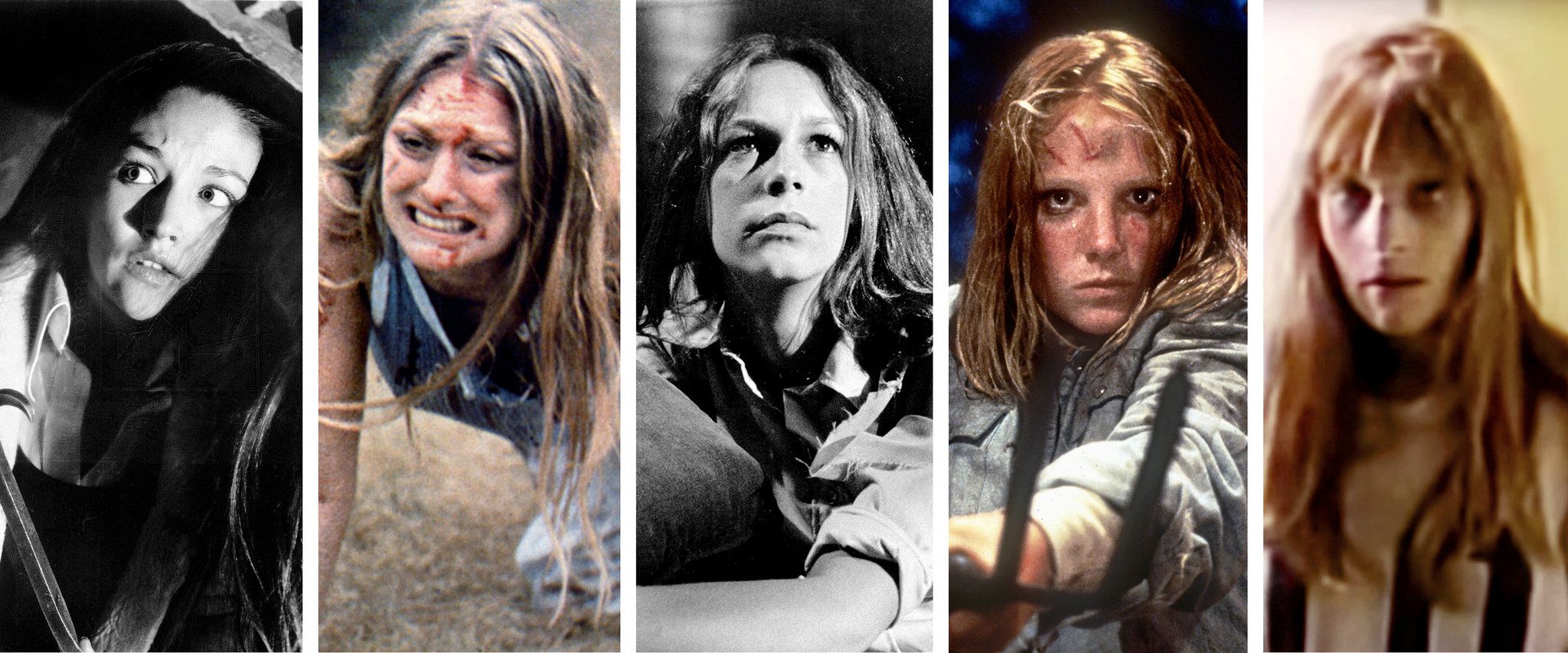
From left: Olivia Hussey in "Black Christmas"; Marilyn Burns in "The Texas Chainsaw Massacre"; Jamie Lee Curtis in "Halloween"; Amy Steel in "Friday the 13th, Part 2"; and Jan Jensen in "The Last Slumber Party"
From left: Olivia Hussey in "Black Christmas"; Marilyn Burns in "The Texas Chainsaw Massacre"; Jamie Lee Curtis in "Halloween"; Amy Steel in "Friday the 13th, Part 2"; and Jan Jensen in "The Last Slumber Party"
In Vertigo, for example, the male gaze operates to be invisible.
The film appeals to the masculine, and the feminine signifies a symbolic opposite that exists to bear the consequences of horror according to the male (Mulvey 15). Subsequently, women are subject in the film to be looked at, particularly by men.
The moment a woman employs her sexuality for her own purpose, she almost immediately reaps the consequences - a key element of horror. This has been describe as the monstrous feminine by Barbara Creed, where the body's departure into the feminine is itself something to fear.
A key example of this can be seen in Stephen King's Carrie, where the failure to negotiate her journey into womanhood with the norms of a masculine world results in the destruction of her town. Her body is the site of horror, beginning from the moment her pubescent experience diverges from the masculine. Natural feminine experiences, like menstruation and other growing pains, are framed as socially destructive acts that impose danger on other subjects.
Across horror, audiences have learnt to anticipate that displays of sexuality on screen will be met with equally explicit depictions of violence. The slasher in particular highlights this, where across an ensemble cast, there will be a 'Final Girl' (Clover, 1987). The final girl refers to the lone surviving female, who survives on account of virginity - contrary to other female counterparts, whose screen-time is regularly dedicated to their exploration of sexuality which results in an equally graphic murder.
The weapon of a knife, or axe, is tied to themes of penetration, where phallic objects impose on vaginal imagery, like halls, doorway entrances, or in intimate positions.
From here, we can understand that male passivity and female assertion results in traditional horror. However, over time as the industry has diversified, media language has continued to expand and be used in reflexive ways that help minorities explore their own experiences by subverting traditions.
The female gaze: a feminist perspective
The female gaze is a feminist theory, which is oppositional to the original theory of the male gaze created by Laura Mulvey. The theory itself discusses the gaze of the female spectator, and lack of agency, objectification, and representation of women in film and other assorted media such as music and art.
While the male gaze refers to how women are depicted in media from a heterosexual male’s point of view and describes the hyper sexualization of female characters and their primary use as objects for the leading male protagonist, the female gaze depicts a subverted version of this traditional viewpoint.
When looking at examples of the female gaze, usually the director’s/writers are female, and approach their media of choice alternatively to the stereotypical heterosexual male view, resulting in less objectification and the reclamation of the female body. The male characters in this media are portrayed contrastively to the typical masculine protagonist and are rather side characters to the leading female.

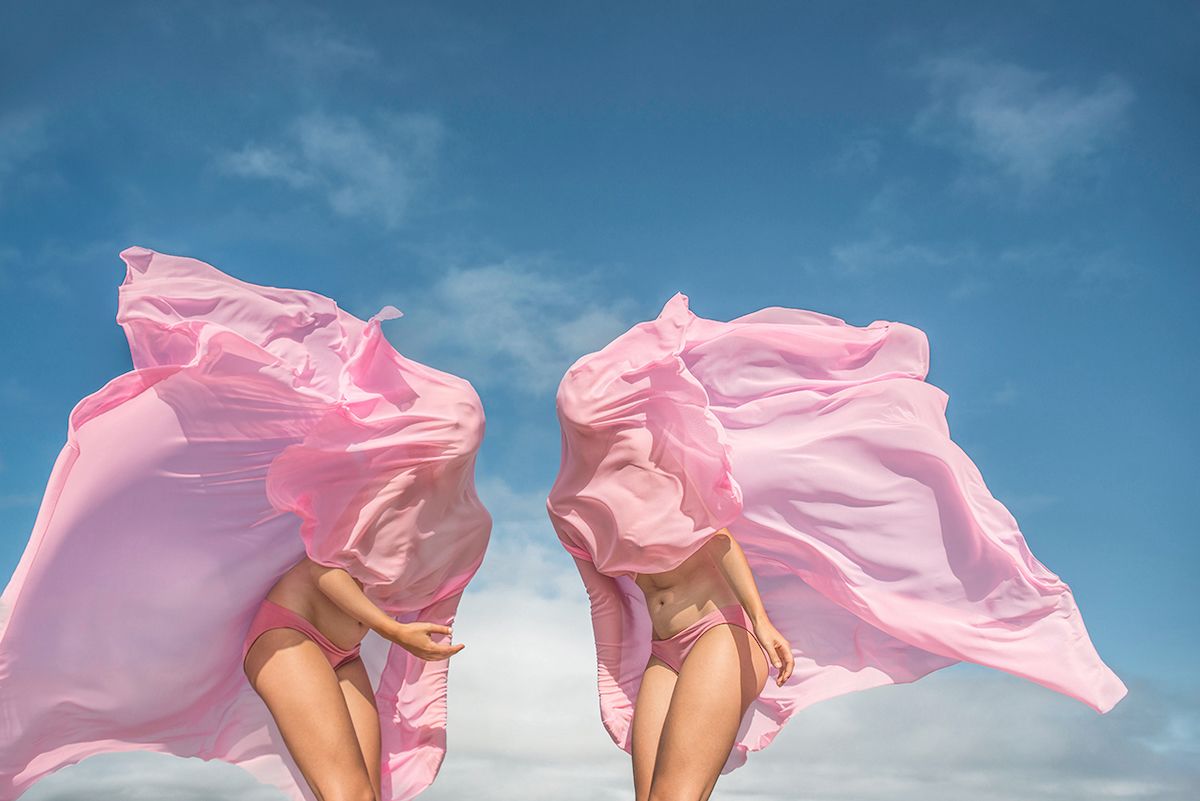
The Harley Quinn Concept:
There are many examples relating to the female gaze in film, for example Harley Quinn. In the first film Suicide Squad, which was directed by a heterosexual white male, Harley Quinn (portrayed by Margo Robbie) is seen in micro shorts, and very child-like ponytails, obviously catered to the male gaze. However, in the more recent film Birds of Pray: Harley Quinn, which is directed by a born Chinese American woman, Harley has regained her agency as her character by being portrayed as less child-like and being the main female protagonist rather than a side character existing for the male protagonist’s pleasure.
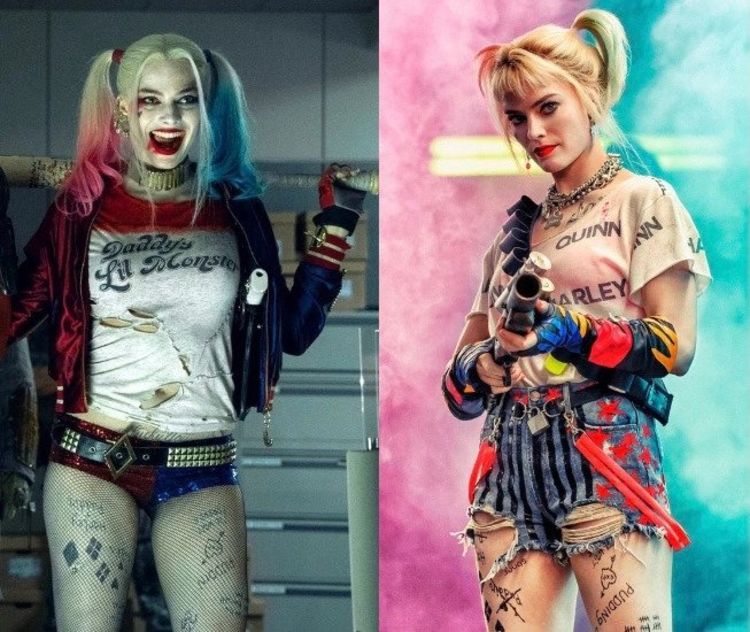
The gaze in music videos
Music videos have existed since the 1970’s, but became popular since the debut of MTV in the 1980’s, their popularity skyrocketing in the late 1990’s to early 2000’s. Scholar Erika VanDyke has done extensive research on race, body, and sexuality in music videos, coming the conclusion that men were overall more likely to be in music videos, specifically as the main character, however women are presented as passive subjects that lack agency, and have only their bodies to offer.
“Thus, research has demonstrated that women in music videos are portrayed as one-dimensional, sexualized characters lacking agency, with little to offer besides their bodies. The implication is that female characters are valued only for their physical appearance and ability to entertain and please the men in the videos. To the girls and women who watch music videos, these images send the confusing message that to be female is to be alluring yet passive, sexy but also submissive.”(VanDyke, p.5, 2011).
However, as feminism continues to persist in modern day, the popularisation of female rappers and music artists has grown astronomically. Due to this, the music videos being produced by large feminist producers are starkly different to the hyper-sexualisation of women in videos made, such as Blurred Lines (by Robin Thicke). Charlie XCX’s music video Boys (2017), directed by herself, has now reached over 77 million views with many famous male celebrities making an appearance, such as Joe Jonas, Charlie Puth, Brendon Urie, and Wiz Khalifa. All of these men posed and acted in way’s women in the past have been directed to do in music videos. A scholar from Ryerson University in 2018 investigated further into this topic.

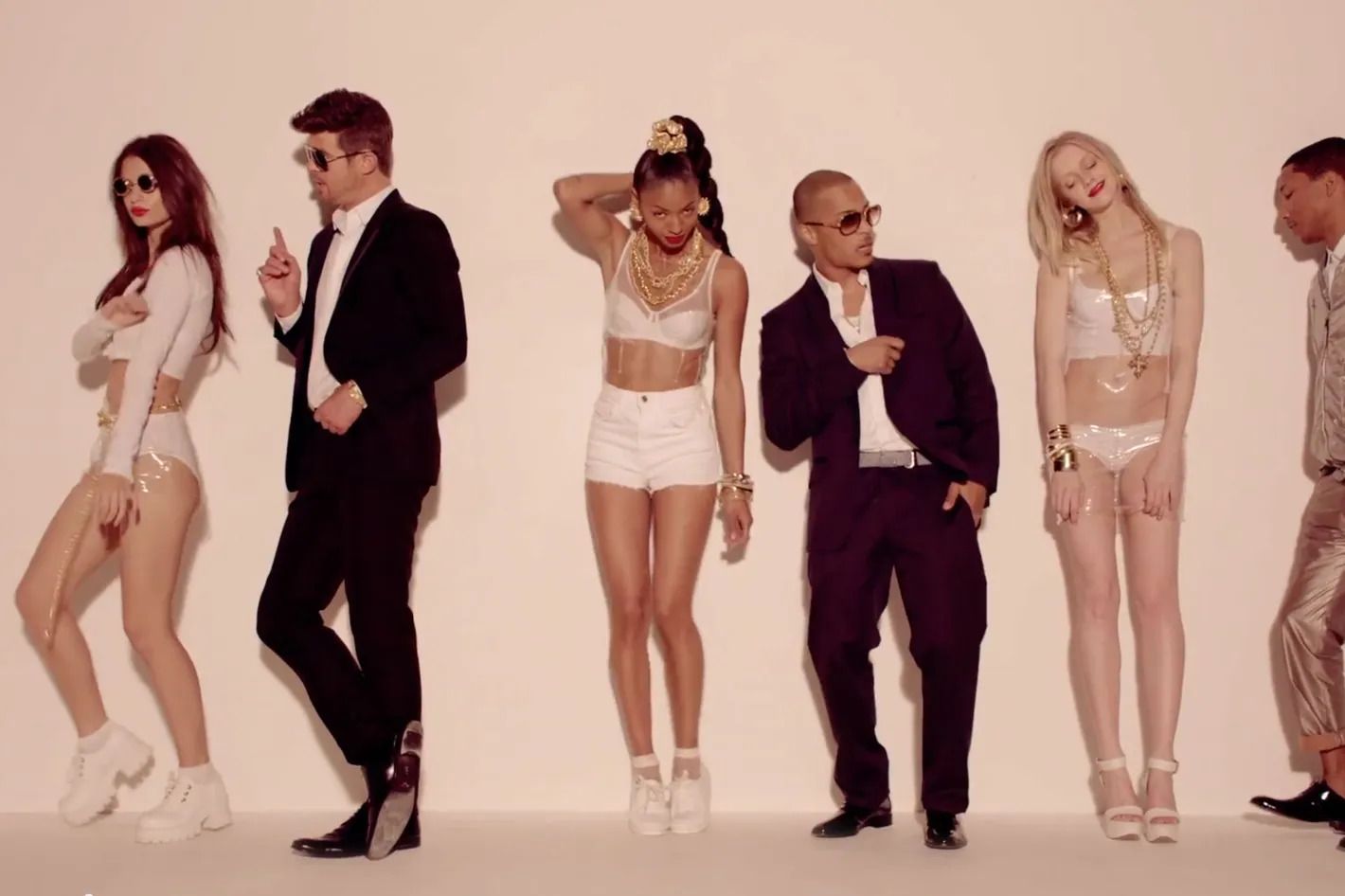
“Throughout history, whether it be through movies or music videos, if the dynamic is of a male singer, then there is always the heterosexual and patriarchal pattern of the women being displayed for sex. Patriarchal structure has both pervasively in conscious and unconscious ways influenced film forms (Mulvey 1999), and because of this, it is uncommon to see men as the objectified.”
Many underestimate the importance of the gaze in music videos. As they are increasing in popularity and broadcasted all across the world from television to large sports events such as the Super Bowl, this means they are not just easily accessible but seen by a wide range of audiences globally. The way in which women are more often than not displayed in in music videos shapes the understanding and acceptance of gender presentation in media of young children and reinforce gender stereotypes in society. It encourages the idea that women are first and foremost valued for their bodies and appearances, while also enforcing an impossible beauty standard that changes every decade.
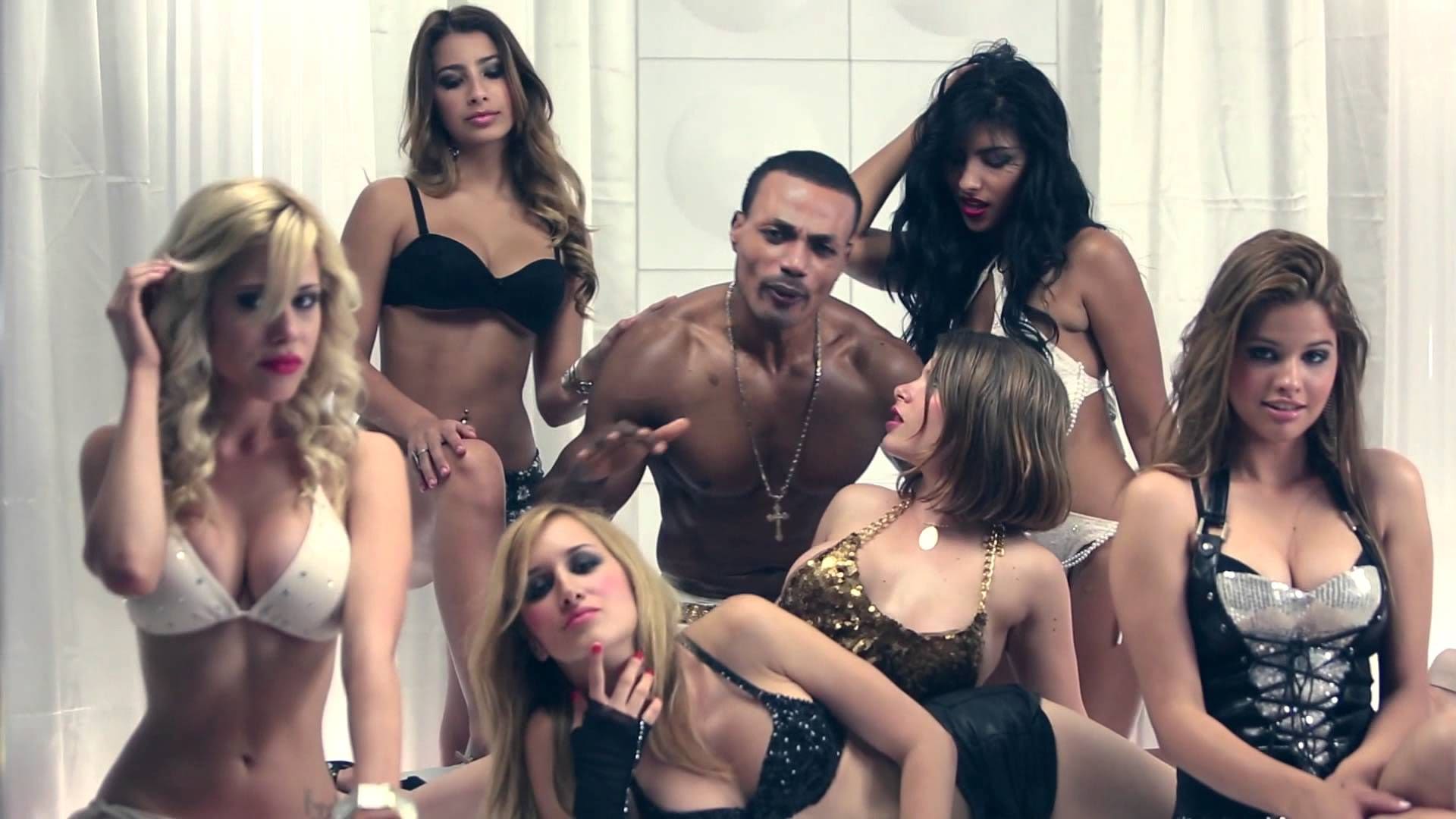
The male gaze exists in the way women are portrayed as hypersexual, it exists in the way men are portrayed as super buff taking off their shirts for no reason the female gaze shows the softness in the impact of a touch it shows the females who are intelligent the female gaze is the emotional connections to the male gaze’s physicality.
These gazes both remain in a heteronormative world. Even in clear portrayals of queer stories they are tailored to suit straight audiences.
But we live in a changing world. It goes so much further then just female and male. As media has finally begun to catch up with idendities that exist beyond the binaries it becomes prudent to ask if there is another option.
The Queer gaze is one which encompases many identies and demographics of audiance members. It is not limited by gender or sexuality the way the male and female gaze are. The Queer gaze goes beyond the binary to break the standard.
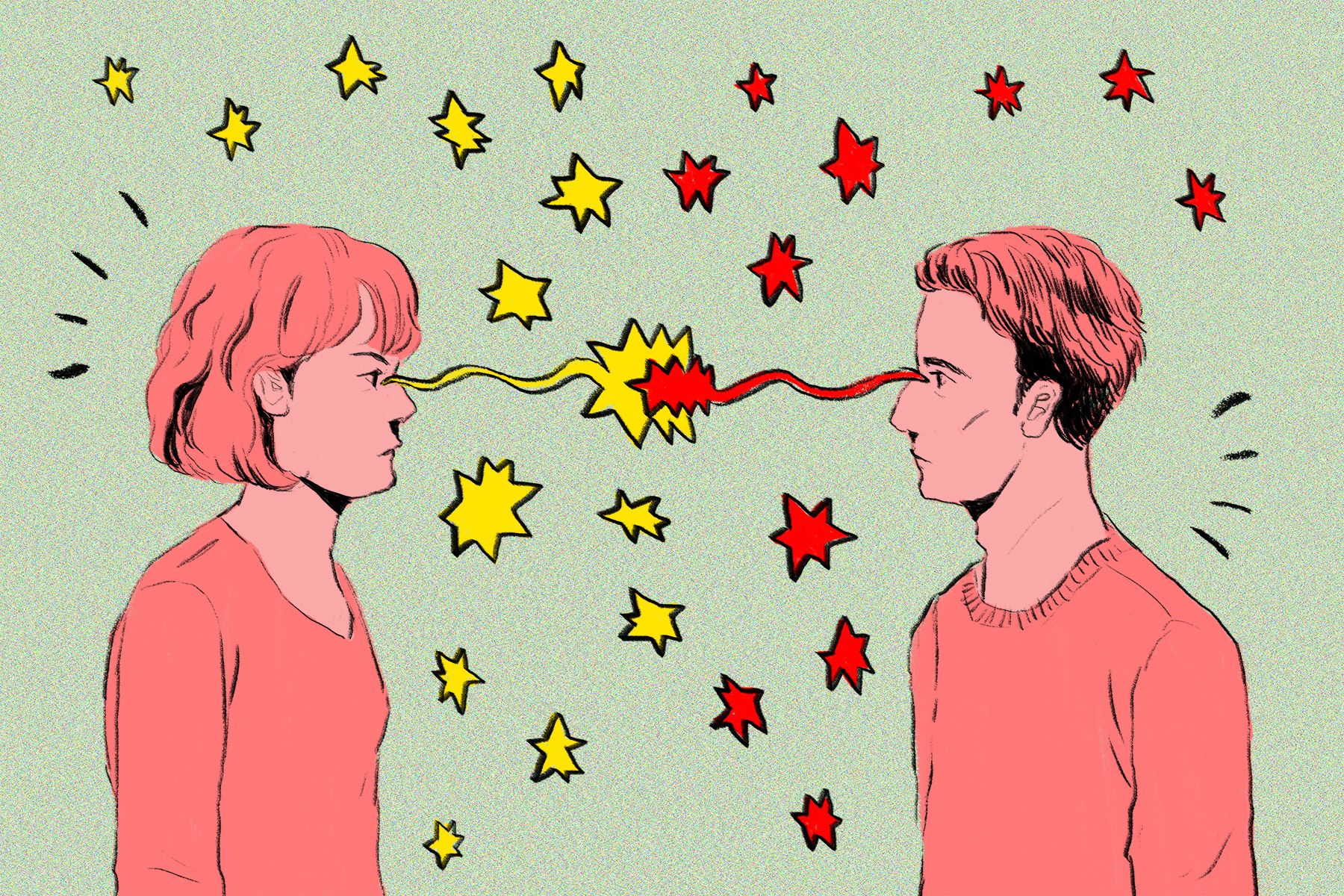

Queer is not just an identity but also a perspective of the world
In theory the Queer gaze would deconstruct gender based power dynamics changing not only the objects but also the intent of male and female gaze and ideally the queer gaze would create a world completely free from binary notions of desire and storytelling creating space for plural identities and possibilities.
When done completely and done well the Queer gaze is not just challenging gender and sexuality but all of the ways that we have, all of the ways that we could, and should, transverse, protest and destroy borders and binaries which confine identity to lables and boxes.

The problem is in alot of Queer media it is still being portrayed through a male or female gaze. That is basically just reversal of straight media and it’s equally problematic. The continuation of objectifying people is not the Queer gaze. Just because the dynamics are gay instead of straight it does not mean it is progressive or queer gazey. It should seek to challenge and disrupt the hetero patriarchy.
An incredible example of Queer gaze while it lags behind in movies can be observed through art. Especially music. For example Lil Nas X a queer american rapper. His most recent hit song, "call me by your name", is blatantly celebrating and calling upon queerness as a protest against the way it is often portrayed to be as sexualised and or deviant.
These two articles do an exelent job of further exploring this idea in more detail and elaborating it.
https://www.palatinate.org.uk/the-male-gaze-in-queer-cinema/

